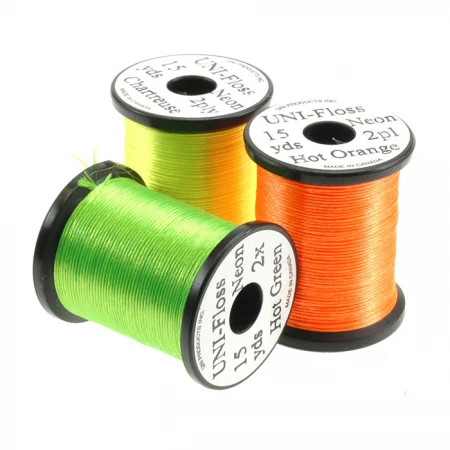Euro nymphing has become a popular technique among fly fishers, and for good reason! It allows anglers to effectively target fish holding near the bottom of the river. But to be successful with this method, you’ll need to tie your own flies using specific materials. Here’s a breakdown of some key components that go into modern euro nymph patterns:
Feathers:
- CDC Feathers: Highly regarded for their underwater performance, CDC feathers add a touch of realism and air bubbles to your nymphs, making them more attractive to fish.
- Coq de Leon: This feather boasts an unmatched shine that mimics the bodies of real aquatic insects, perfect for tails on your nymphs.
- Pheasant & Peacock Feathers: These classic fly tying feathers come in handy for euro nymphs as well. Peacock feathers excel in red and orange color variations for tags, while pheasant tail feathers are irreplaceable for Pheasant Tail Nymph patterns.

Threads, Tinsesl & Wires:
- Colored Threads: Most modern euro nymphs incorporate colored threads to create hotspots that trigger strikes. UV-reactive threads are believed to be particularly attractive to fish. Popular brands include Hends, Tommi Fly, and Veniard. Colors like orange, red, yellow, and green are particularly useful.
- Red Holographic Tinsel: A great material for fly patterns like the Sirupčík, adding a touch of flash to the fly’s tip. Applying a light coat of varnish after tying the tip is recommended for increased durability.
- Colored Wires: Thin wires are used for ribbing the body of the nymph, adding durability and highlighting the fly. Just a few turns (4-5) are typically enough. You can even create the entire body using colored wires. Silver, gold, copper, and red are common wire color choices.

Dubbing:
- Natural Hare/Rabbit Dubbing: A staple material for nymph bodies, hare and rabbit dubbing comes in natural colors (brown, gray) and can be used to create various Hare Ear variations or other colored nymph patterns. Black and olive rabbit dubbing are particularly useful.
- Spectra Dubbing: This high-iridescent synthetic dubbing is perfect for nymph heads and collars. It can be used in natural or distinctive colors to create attractive flies. Spectra Dubbing can also be mixed with natural dubbings for a subtler yet appealing effect. Look for shades 45 and 46 for bodies as a peacock feather substitute, and blue shades for adding a touch of life to your nymphs.
Tying your own euro nymph patterns allows you to customize your flies and target specific fish. With this basic list of materials and a little practice, you’ll be well on your way to tying effective flies that catch fish!
Images/Source: CzechNymph





